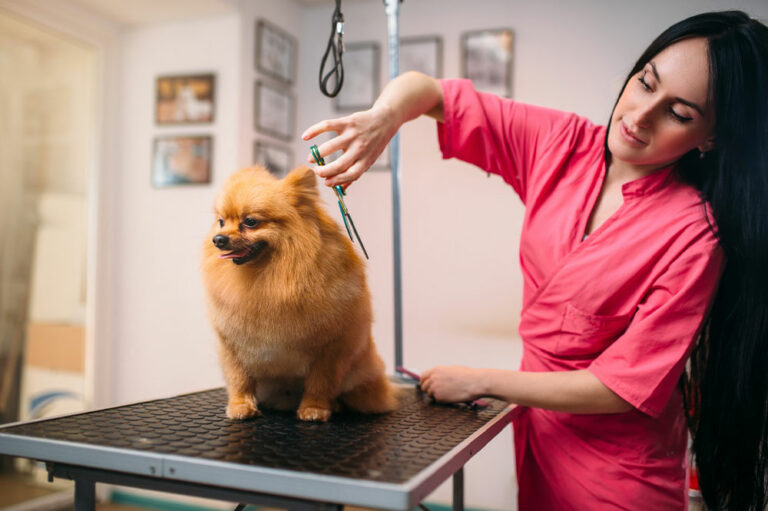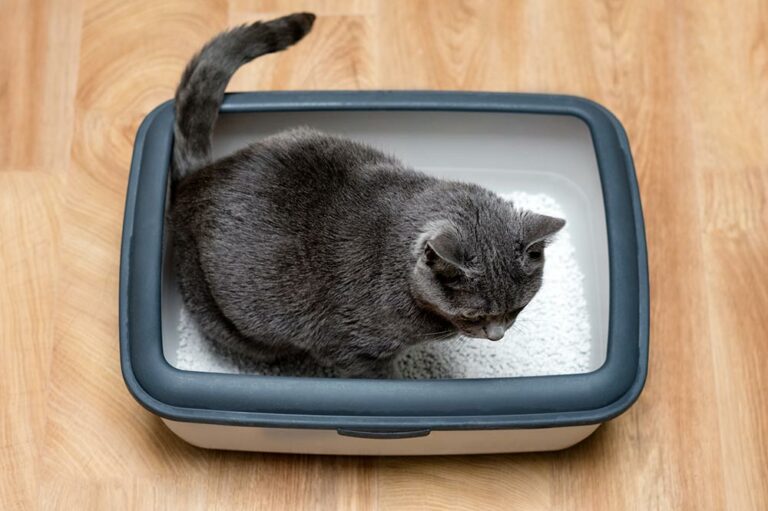
Pets
7 human foods that are safe and nutritious for dogs
There is perhaps a reason why your dog sneaks under your table even after being served premier dog food in a separate bowl. Your doggo craves human attention and companionship. The best way to strengthen your bond is to share your meal with your dog. But are human foods safe for them? We are here with a list of human foods you can feed your pet in moderation without worrying about the consequences. Unsalted popcorn Does your little pup feel left out as you gorge on popcorn while watching movies? The good news is you both can share plain, unsalted popcorn. It is not only safe for your pet but also healthy. Popcorn is a rich source of phosphorus, magnesium, and zinc, which can maintain overall health. However, ensure the popcorn you serve does not contain traces of salt, spices, or butter. Bananas Bananas are packed with potassium, vitamins, fiber, and biotin and are good energy sources for dogs. However, they have high sugar levels and should be served in moderation. A piece of peeled banana for breakfast or snack once or twice a week is acceptable. While the peel is not toxic, it can be hard to digest and must be kept aside.
Read More 









